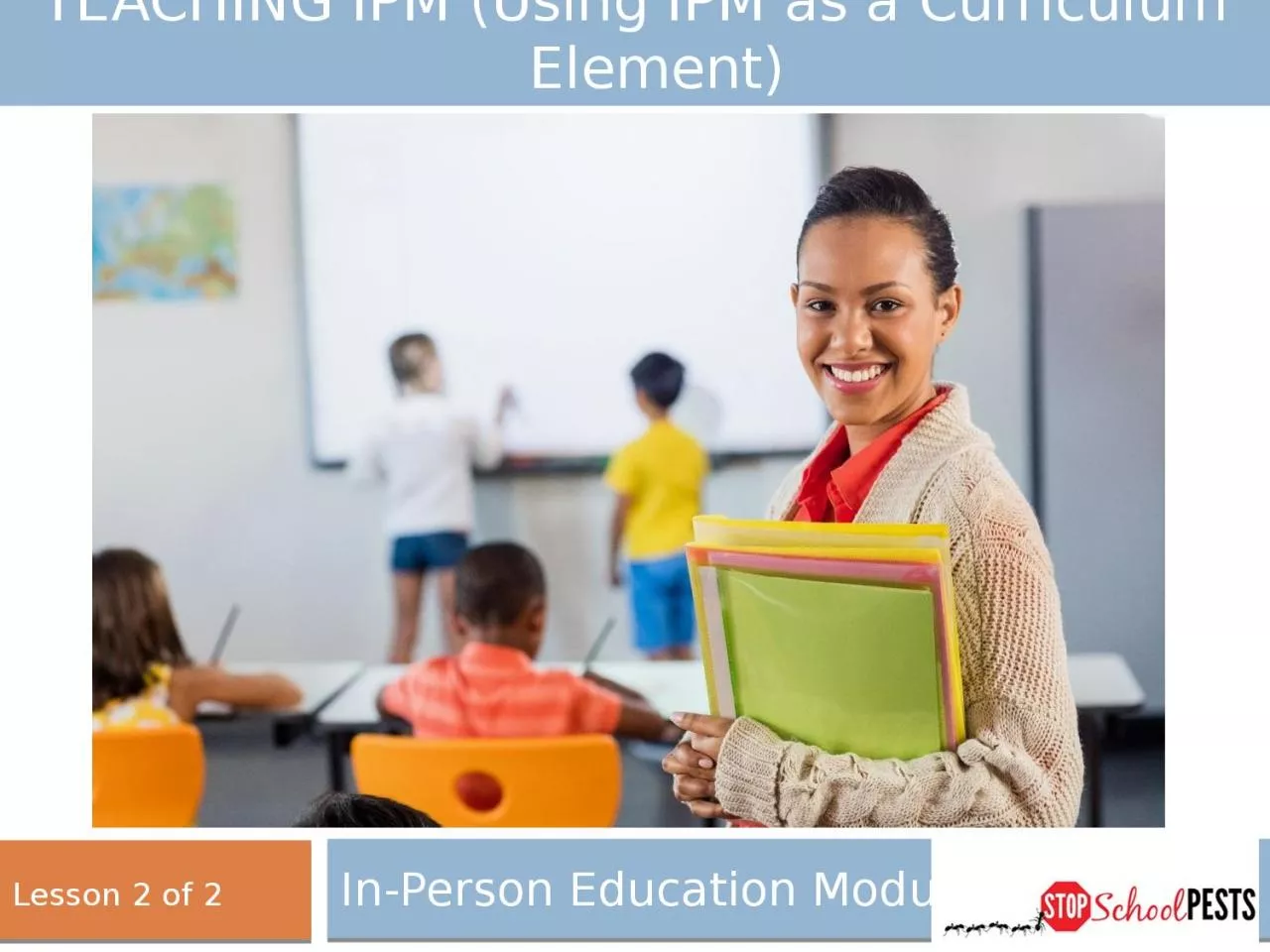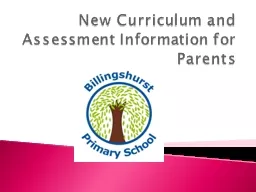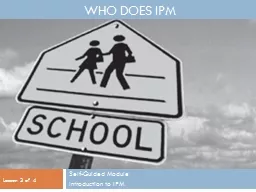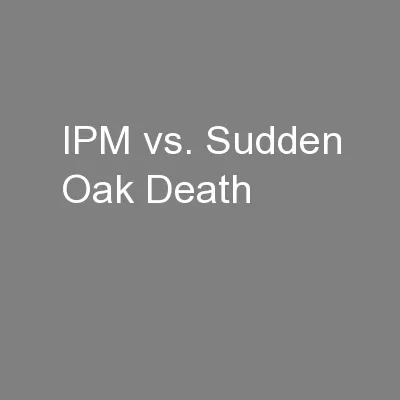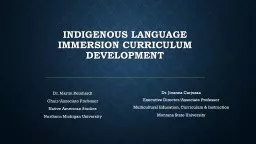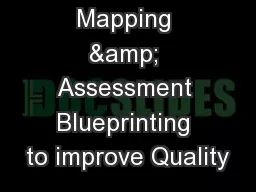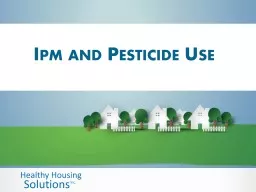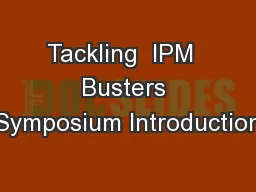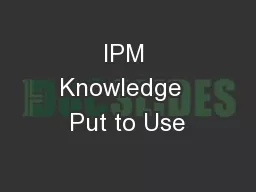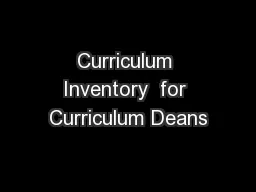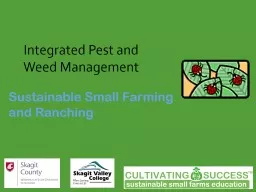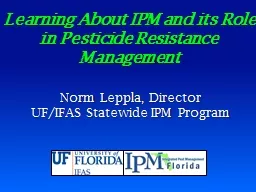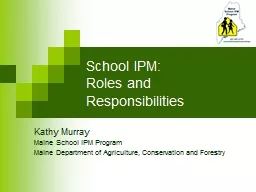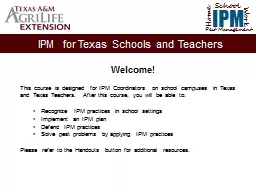PPT-TEACHING IPM (Using IPM as a Curriculum Element)
Author : lucy | Published Date : 2024-01-13
InPerson Education Module Lesson 2 of 2 Learning Objectives Describe how an IPM curriculum meets common core requirements for biology biodiversity ecology evolution
Presentation Embed Code
Download Presentation
Download Presentation The PPT/PDF document "TEACHING IPM (Using IPM as a Curriculum ..." is the property of its rightful owner. Permission is granted to download and print the materials on this website for personal, non-commercial use only, and to display it on your personal computer provided you do not modify the materials and that you retain all copyright notices contained in the materials. By downloading content from our website, you accept the terms of this agreement.
TEACHING IPM (Using IPM as a Curriculum Element): Transcript
Download Rules Of Document
"TEACHING IPM (Using IPM as a Curriculum Element)"The content belongs to its owner. You may download and print it for personal use, without modification, and keep all copyright notices. By downloading, you agree to these terms.
Related Documents

